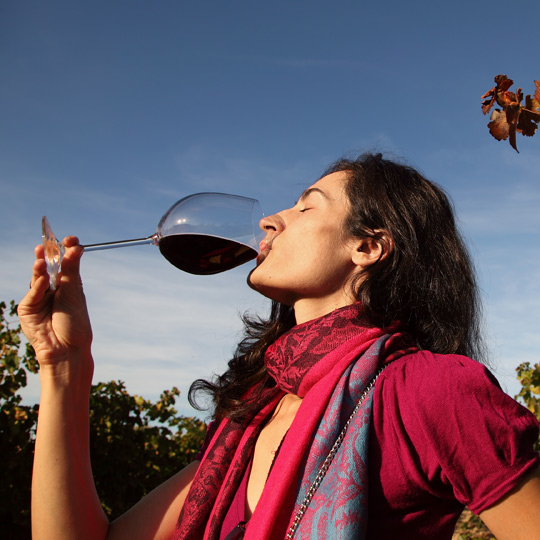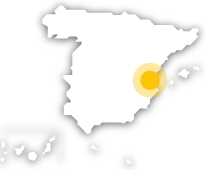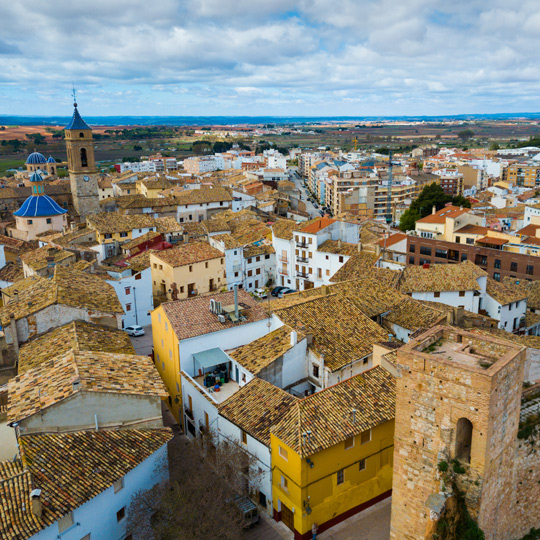What are the wines like?
The Utiel-Requena Designation of Origin has 40,000 hectares of vineyards. Several varieties of grapes are used to make these wines. The Bobal grape stands out among them, native to the region and the most widely grown. In fact, this is practically the only area in the world where it is grown, and the result is a genuine, high-end wine with a well-defined character and personality. Most of the wines cultivated in Utiel-Requena are red, dark cherry in color and have fruity aromas. The rosés are also exquisite, as are the whites, which have intense and fruity aromas and a yellow color, with tones of gold and straw. Cava, which is becoming more and more important locally, is another of the star products of this area.
What I can find
Over 100 vineyards dotted around the region, offering guided wine-tasting sessions with experts where you'll discover the taste of Valencian cava or the colour of the Bobal grape.
Excellent local cuisine featuring traditional dishes such as ajoarriero (stewed cod and garlic), casseroled rice and potatoes in broth.
A journey through the history of wine production in this region in places, such as the museum of “la Vid y el Vino” (the grapevine and wine museum) in Utiel, housed in a curious round wine cellar.
Spectacular landscapes in nature reserves, such as the Hoces de Cabriel and Chera Nature Reserves. You'll also be able to enjoy adventure and outdoor sports, such as kayaking, hiking, cycle touring, horse riding, rafting and climbing.
An extensive and outstanding artistic heritage, including an abundance of Medieval architecture, archaeological sites, underground galleries, walled sites and Mudejar neighbourhoods.
-Traditional festivals such as the Grape Harvest Festival in Requena.
-For more information, we recommend you visit the tourist offices in the area.
How to get here
The Utiel-Requena Wine Route is located in the inland part of the province of Valencia, in the east of Spain. The Valencia airport is 70 kilometres outside the region. There are also bus and train services with stations in the towns of Utiel, Camporrobles and Requena. The A-3 motorway connects this area with the city of Valencia, 68 kilometres away, and with Madrid in under three hours.Although the name of the route corresponds to the two largest towns that comprise it, a total of 10 municipalities make up the route: Camporrobles, Caudete de las Fuentes, Chera, Fuenterrobles, Requena, Siete Aguas, Sinarcas, Utiel, Venta del Moro and Villargordo del Cabriel. This whole area, just over 60 kilometres from the Mediterranean Sea, marks the heart of the Region of Valencia's vineyards and has a multitude of wineries, restaurants, accommodation, museums, artisan craftwork shops and adventure tourism companies. A great range of tourist attractions is complemented by the area's long tradition of winemaking, which dates back to the 7th century BC.








